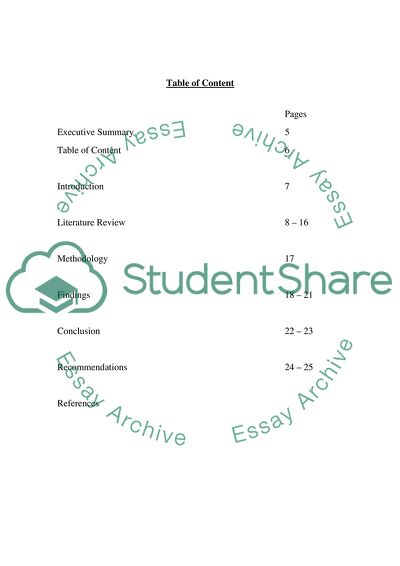Cite this document
(Organisational Learning and Development: The Importance of Research Paper, n.d.)
Organisational Learning and Development: The Importance of Research Paper. Retrieved from https://studentshare.org/human-resources/1729179-organisational-learning-and-development-a-reseach-report-bachelors-degree-level
Organisational Learning and Development: The Importance of Research Paper. Retrieved from https://studentshare.org/human-resources/1729179-organisational-learning-and-development-a-reseach-report-bachelors-degree-level
(Organisational Learning and Development: The Importance of Research Paper)
Organisational Learning and Development: The Importance of Research Paper. https://studentshare.org/human-resources/1729179-organisational-learning-and-development-a-reseach-report-bachelors-degree-level.
Organisational Learning and Development: The Importance of Research Paper. https://studentshare.org/human-resources/1729179-organisational-learning-and-development-a-reseach-report-bachelors-degree-level.
“Organisational Learning and Development: The Importance of Research Paper”, n.d. https://studentshare.org/human-resources/1729179-organisational-learning-and-development-a-reseach-report-bachelors-degree-level.


